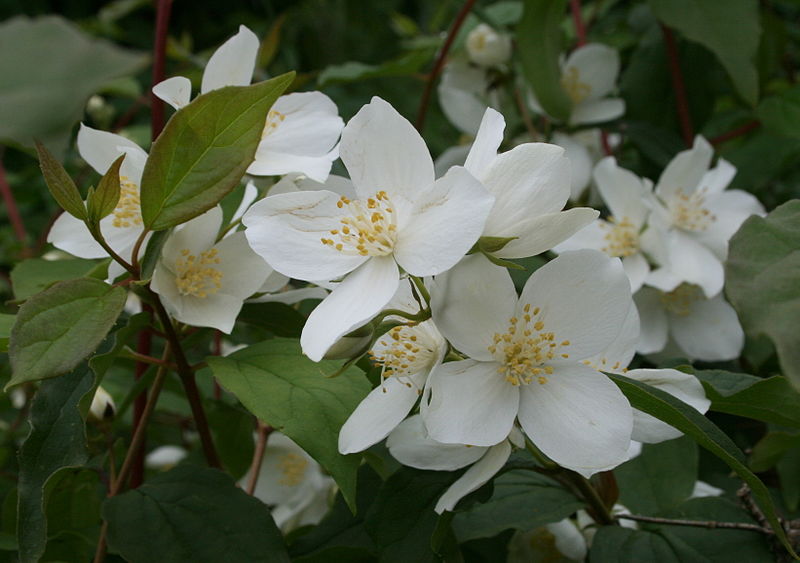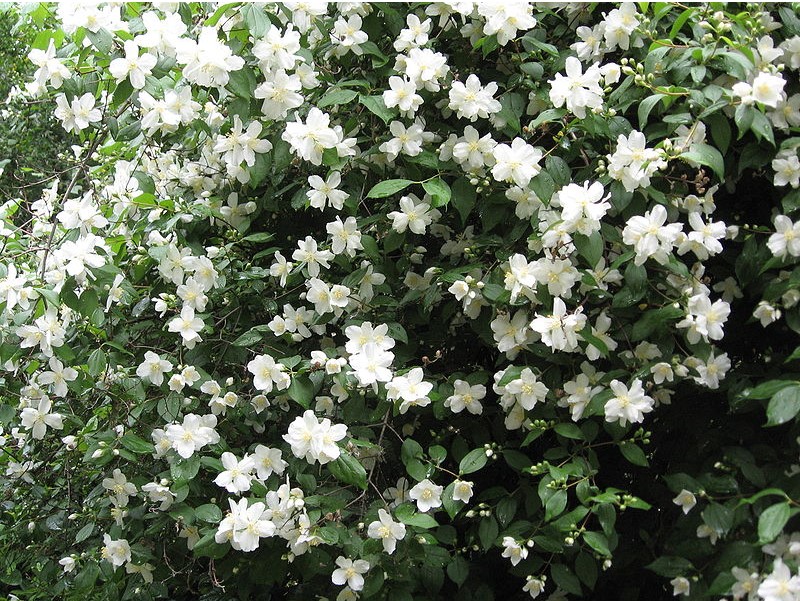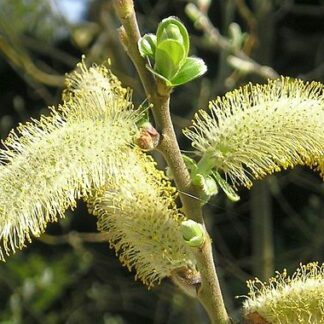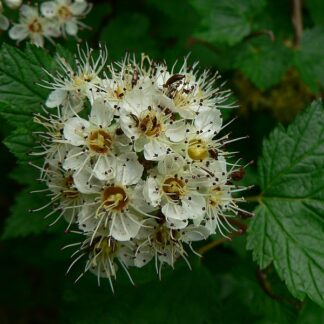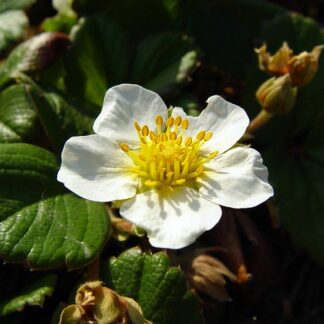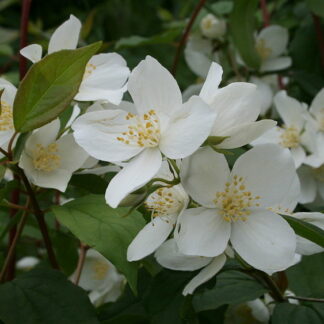Description
Sold in bundles of 10.
At a Glance: Erect, loosely branched shrub with large fragrant white flowers.
Height: Up to 10 feet (3 meters).
Stems: Brown bark, checking and eventually flaking off.
Leaves: Opposite arrangement; oval to egg-shaped with 3 major veins stemming from leaf base, margins essentially smooth but with some young leaves being toothed; size: 3-5 cm (1-2 in) long; color: green.
Flowers: 4 petals; numerous stamens; 3-15 in clusters at the end of lateral branches; size: 2-3 across.
Flowering Period: May, June, July.
Fruits: Woody, 4-chambered capsules; shape: oval; size: 1 cm long.
Conservation Uses: Mock Orange is an excellent soil and streambank stabilizer, and an important wildlife species.The shrub has showy and aromatic flowers and has horticulture potential in native plant gardens. Highly adaptable.
Helpful Tips: For best blooming, some people prune the blooms after it has finished flowering. As with any new planting, it should be watered during the dry season for the first 2-3 years until it becomes established. Plants should be spaced 4 feet apart and one should expect some mortality.
Ethnobotany: The Saanich used the wood for bows and arrows. The Lummi made combs, netting shuttles, and recently knitting needles. The Cowlitz also used the wood to make combs. The Skagit used the wood to make arrow shafts. The leaves and flowers can create lather and the Snohomish and Cowlitz used them to cleanse the skin.
| Sun/Shade Tolerance | Hydrology | Elevation Range |
|
full sun > 80%
mostly sunny 60%-80%
partial sun and shade 40%- 60%
mostly shady 60%-80%
full shade > 80%
|
wet
moist
dry
|
low elevation
mid elevation
sub-alpine
high elevation
|
| Soil Preferences | ||
| Can tolerate several soil types. | ||
|
sandy soils
gravelly soils
clay soils
muddy soils
peaty soils
|
well drained soils
shallow soils
deep soils
acidic soils
basic soils
|
humic soils
nutrient rich soils
nutrient poor soils
mineral soils
organic soils
|
| Wildlife Value | |
|
Berries
Seeds
Nectar for hummingbirds
Nectar for butterflies
Host for insect larvae
Thickets and shelter
Thorny or protective cover
|
Birds: Birds known to eat the seeds include catbirds, grosbeaks, juncos, thrushes, bluebirds, chickadees, flickers, finches, quail, and grouse. Insects: Swallowtail, common wood nymph, and other butterflies harvest the nectar. Mammals: Deer and elk browse the shrub. |
References:
Pojar, Jim, and Andy MacKinnon. Plants of the Pacific Northwest Coast: Washington, Oregon, British Columbia & Alaska. Revised ed. Redmond, Wash.: B.C. Ministry of Forests and Lone Pine Pub., 2004. Print.
“Sound Native Plants.” Sound Native Plants. Web. 31 Oct. 2014. <www.soundnativeplants.com>.

